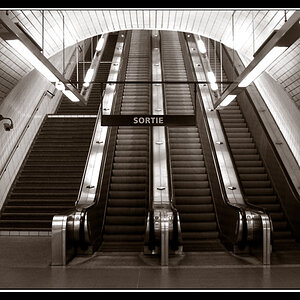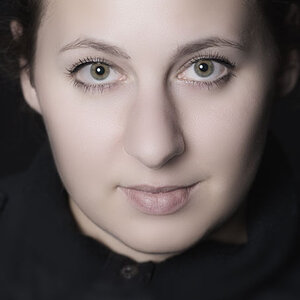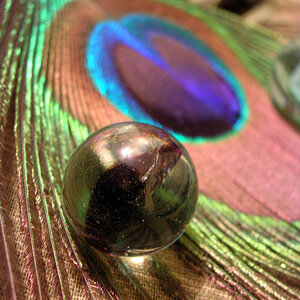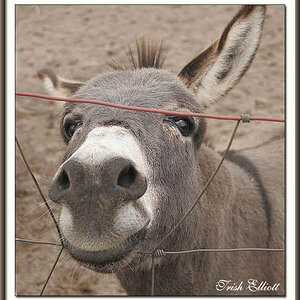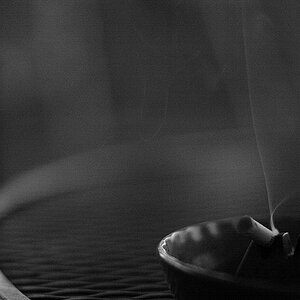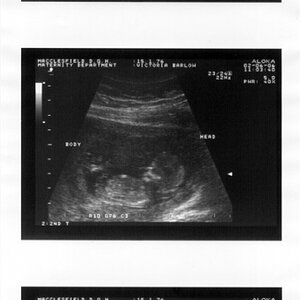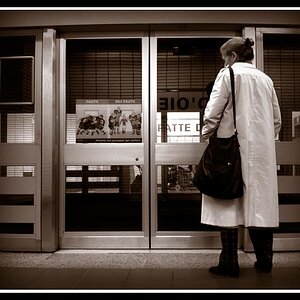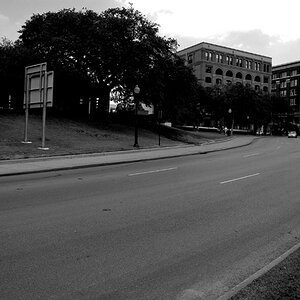Serious Amature
TPF Noob!
- Joined
- May 13, 2008
- Messages
- 4
- Reaction score
- 0
- Location
- Missouri
- Can others edit my Photos
- Photos OK to edit
I am a new photographer and am slowly trying to learn the ropes. I have previously had no experience what so ever with photography when I was moved by Eli Reeds work. That was when I decided I wanted to become a photojournalist and work my way into the field. So after several months of reading and research I jumped in and bought a Canon 40D...I LOVE the camera. But it has been a very steep learning curve. I am currently using an EF 28-135mm lens. I am having difficulty understanding the AV mode in terms of Focus. With my limited experience I have been having difficulty with getting the "sweet spot" or focus exactly where I want it. I have messed with the AF points and what not, but the band of focus just really doesnt do the job sometimes. Occasionally i get all of the subject in focus with the nice blur behind, but most of the time I cant repeat this. I was hoping someone would point me in the right direction, and explain to me or send me a link that would tell me what effect the size of the aperture had on the band of focus or am i just limited by my lens. Thanks in advance for any help or advice.


